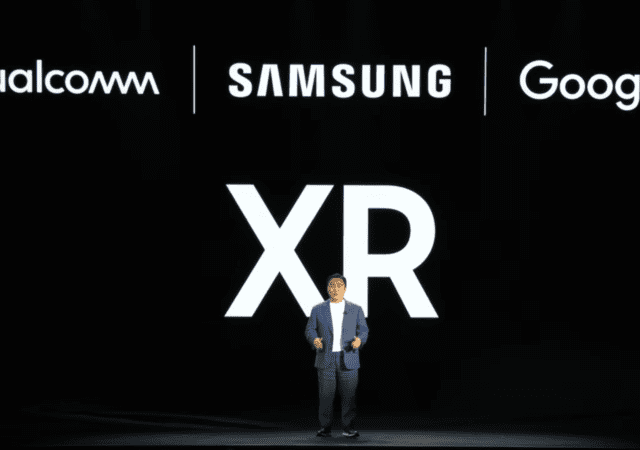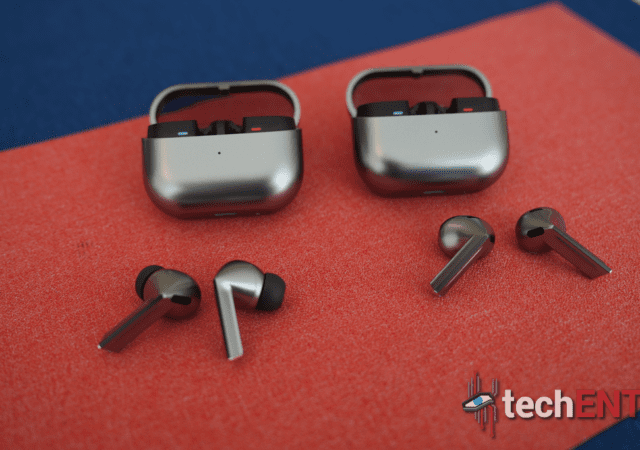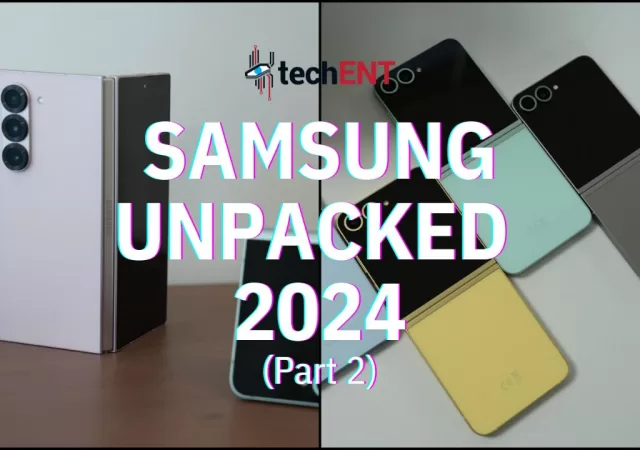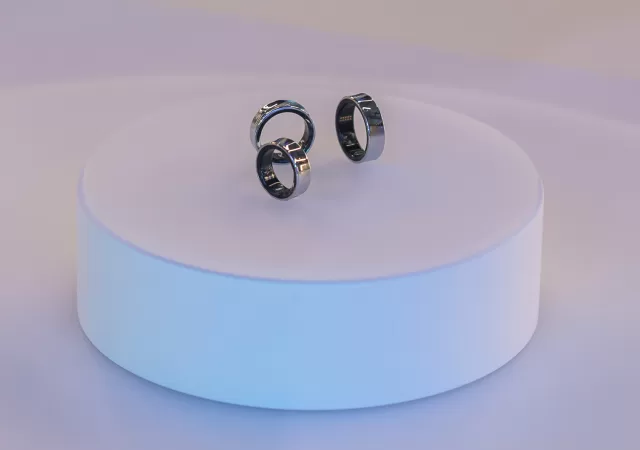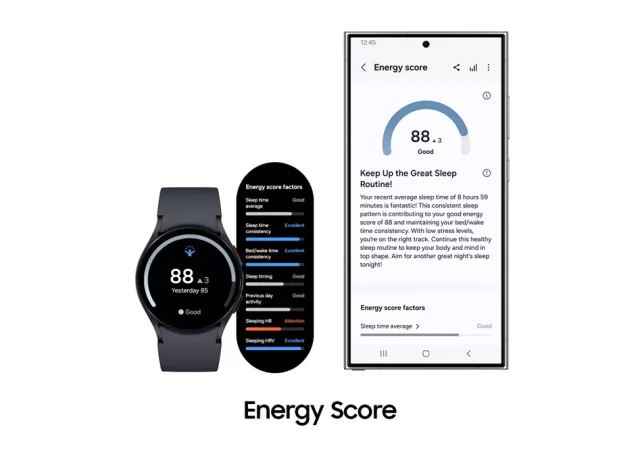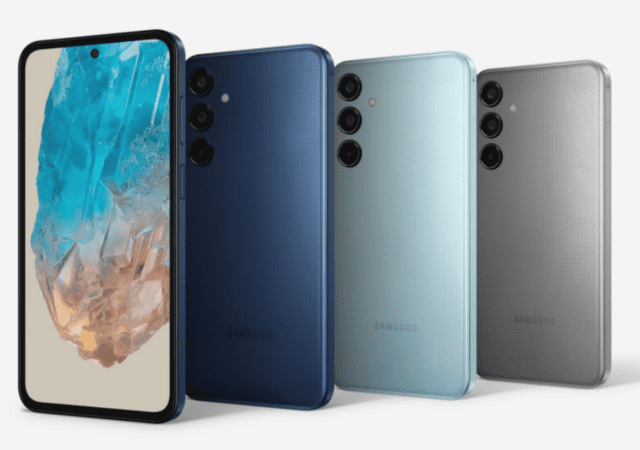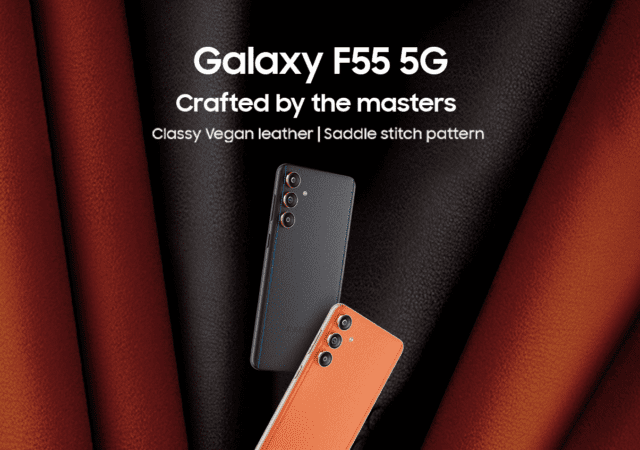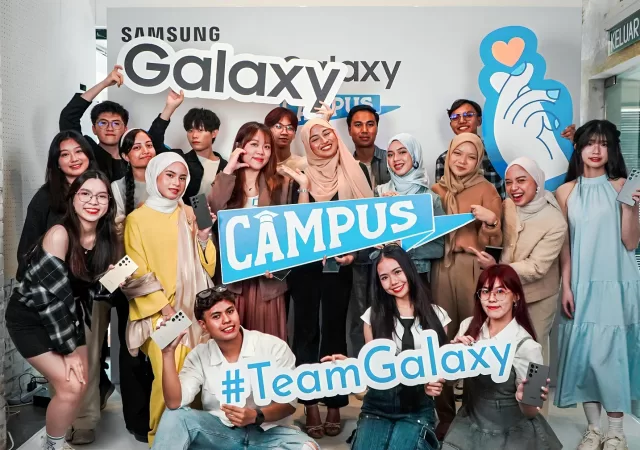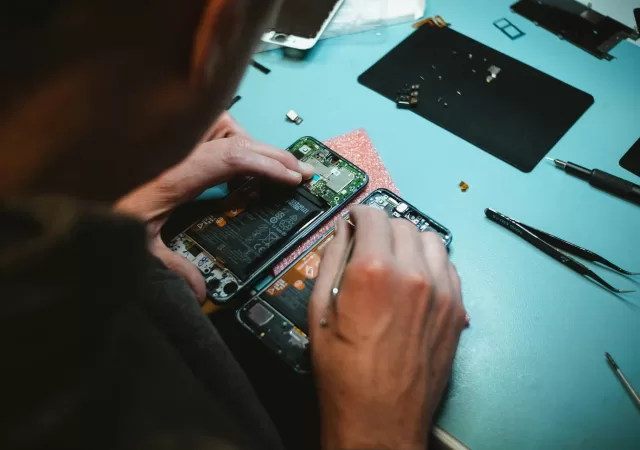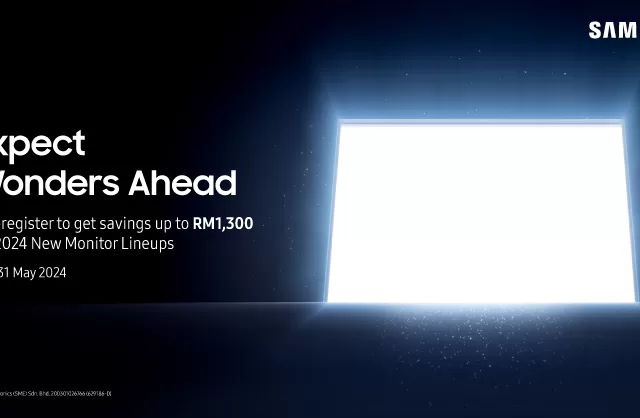Samsung teases an upcoming collaboration with Google that will bring a new XR headset to rival the Apple Vision Pro.
Samsung Introduces a Duo of New Galaxy Buds3
Samsung revamps its Galaxy Buds lineup with a new design and new approach with the Galaxy Buds3 and Galaxy Buds3 Pro.
Unpacking the Samsung Galaxy Z Fold6 & Galaxy Z Flip6
Samsung has just annnounced the new Galaxy Z series with the Galaxy Z Fold6 and the Galaxy Z Flip6 complete with features powered by Galaxy AI.
Samsung Sues Oura Ahead of Galaxy Ring Launch to Invalidate Patents
Samsung has taken Oura, the company behind the Oura Ring, to court seeking to invalidate a number of its patents ahead of the launch of the Galaxy Ring.
Samsung Galaxy Watch Gets a Boost with the Arrival of Galaxy AI in One UI 6 Watch
Samsung brings Galaxy AI to the Galaxy Watch lineup with the upcoming update to the wearable’s One UI interface – One UI 6 Watch.
Samsung Unveils the Galaxy M35 5G in Brazil
Samsung announces a new entry into the Galaxy M series – the Galaxy M35 5G bringing extended battery life for those who need it in Brazil.
Samsung Unveils the Galaxy F55: A Mid-Range Powerhouse for Gamers and Content Creators
Samsung announces the Galaxy F55 in India that pushes mid-range specifications and an eye turning vegan leather finish.
Samsung Malaysia Launches Galaxy Campus Program to Empower Tech-Savvy Students in Malaysia
Samsung kicks off its Galaxy Campus cohort with the selection of 19 students who will be getting hands-on and learning with the best at Samsung.
Samsung Comes Under Fire for Allegedly Punishing Aftermarket Parts Users
Samsung is coming under fire after a contract leaked requiring third party repair technicians to report users with aftermarket parts in their smartphones. This has also resulted in the termination of its partnership with iFixit.
Samsung Malaysia Opens Pre-registration for Upcoming Monitor Line-Up
Samsung opens pre-registration for its upcoming monitor lineup giving early adopters significant savings on the new models when they launch.



